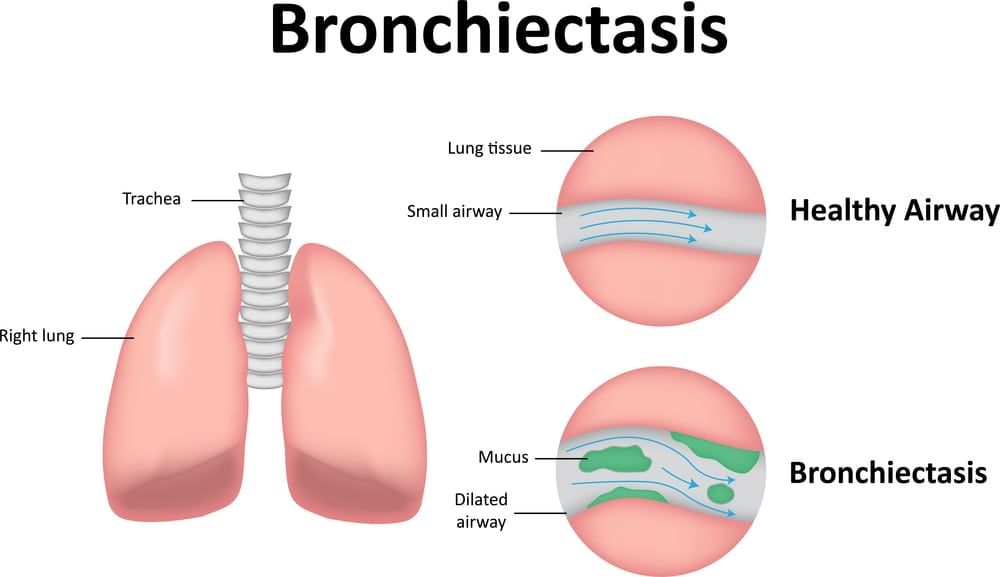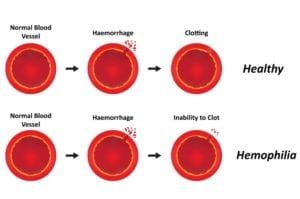Bronchiectasis is a condition in which mucus accumulation causes respiratory blockage, leading to stretching and enlargement of the airways. This can lead to a bacterial infection and additional mucus build-up and inflammation, which weakens, scars and deforms the airway walls. Over time, the body loses its ability to clear mucus on its own, thus creating a cycle of recurrent infections – each of which further damages the airways.
Bronchiectasis may occur in children because of a birth defect, or it may develop as a complication of a trauma or a pulmonary illness. Unfortunately, there is no cure for bronchiectasis. However, there are treatments available that help children manage the condition and live normal lives. Early diagnosis and treatment are the keys to minimizing the long-term effects of bronchiectasis and preventing further lung damage.
Did you know…
that there are steps you can take to prevent your child from developing bronchiectasis? Start by ensuring your child stays up to date on vaccinations for measles and pertussis and always seek proper medical treatment for lung infections. You should also take steps to ensure your child avoids toxic gases, smoke and other fumes that are known to cause lung damage.
Frequently Asked Questions
What types of conditions can cause bronchiectasis?
Some children are born with congenital conditions, such as cystic fibrosis, that can lead to bronchiectasis. Others develop lung injury after inhaling a foreign object or a toxic gas. Most, however, develop bronchiectasis as a complication of a viral or bacterial infection, such as the flu, tuberculosis or pneumonia. Many of the viruses and conditions responsible for causing bronchiectasis are highly contagious among children, such as pertussis.
What symptoms could indicate bronchiectasis in my child?
Children with bronchiectasis may experience coughing, chest pains, large amounts of mucus, and shortness of breath. Some children also develop clubbed fingernails and toenails. A child with untreated bronchiectasis can develop serious health complications and disabilities during childhood and throughout life. In severe cases, bronchiectasis has led to collapsed lungs, heart failure and total respiratory failure. If you suspect your child may have the signs of bronchiectasis, schedule an appointment with a pediatric pulmonologist right away.
How will my child’s doctor treat bronchiectasis?
Doctors diagnose bronchiectasis using chest x-rays, lung function tests, imaging scans and mucus cultures. If your child is diagnosed with the condition, the doctor may prescribe antibiotics for infection, a bronchodilator to help open the airways or medications to help thin the mucus. Expectorants may also be used to help your child better cough up mucus. In rare cases, surgery may be necessary for children with one-sided bronchiectasis or children who cough up a lot of blood.











































































































































































































































































































